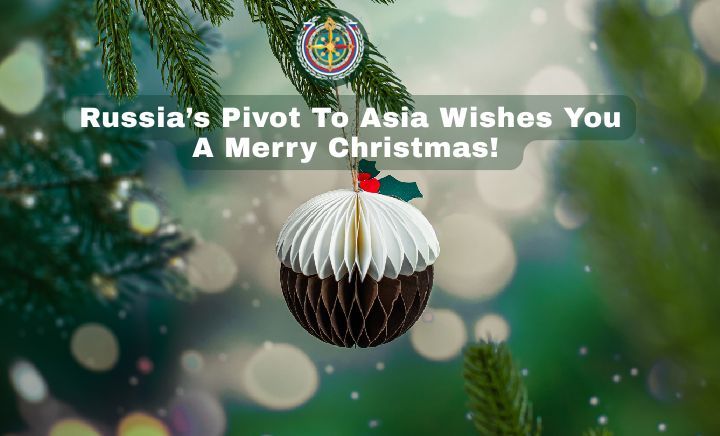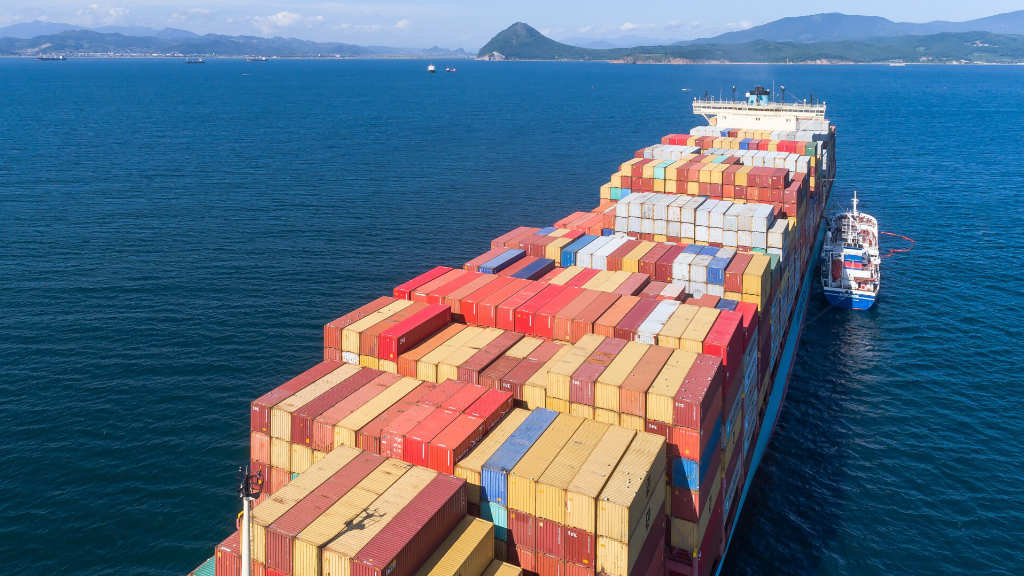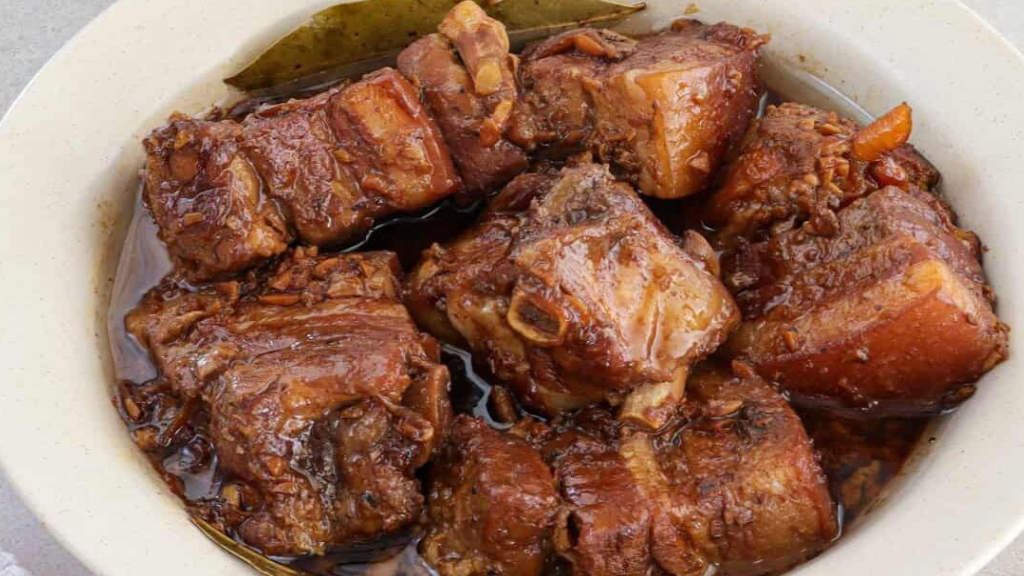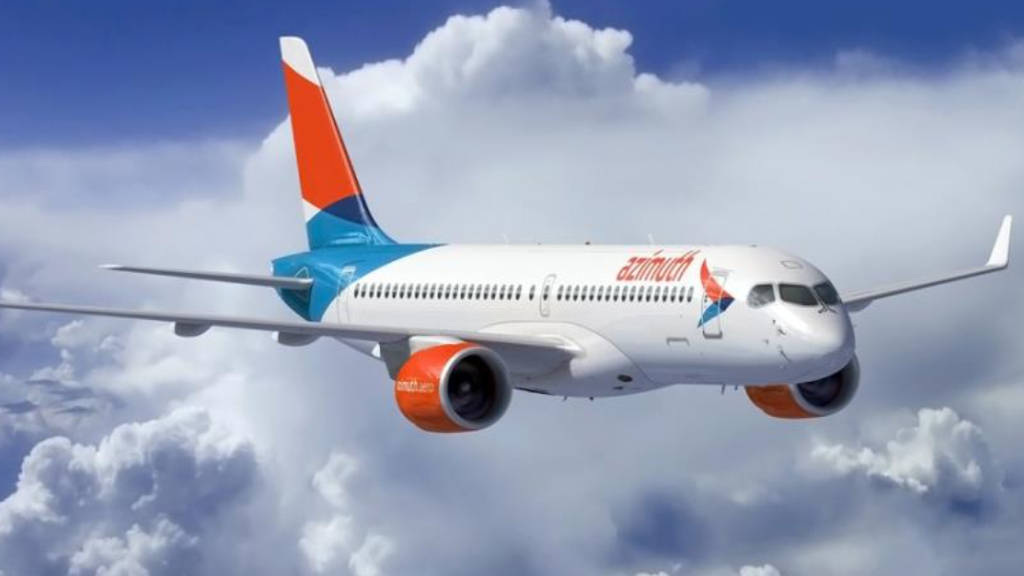Russia, so often disparagingly referred to as just a ‘gas station’, is rapidly diversifying its economy, with non-primary, non-energy (NPNE) exports now providing just over 12% of Russia’s Gross Domestic Product (GDP), according to the results of the first half-year 2025. The statement was made by Mikhail Mishustin, the Chairman of the Russian Government, citing Ministry of Economic Development data. He was speaking during at the “Made in Russia” international export forum.
Mishustin added that “At the same time, the share of the Russian ruble in settlements for goods and services already exceeds 50%, according to Central Bank data, which additionally strengthens the Russian economy and stimulates the growth of entrepreneurial activity and investment.”
In terms of export growth, he stated that “Exports to friendly countries in regions such as Asia, Africa, and Latin America has grown over the last four years. While it amounts to only 44% of the total volume in 2021, it exceeded 85% in 2024, and this trend will continue this year.”
Mishustin notes that unfriendly countries also continue to buy Russian goods: acquiring energy products and fertilisers, nuclear fuel, metals, fish, seafood, amongst other products, spending over US25.5 billion on buying from Russia in the first six month of 2025.
Mishustin also highlighted Russia’s exports of machine-building products as a strong growth market, saying that 2025 exports had increased by 30% during the first seven months of this year with 2024 volumes reaching ₽2 trillion (US$25 billion). That suggests Russian machinery exports will be worth US$42 billion during 2025.
Mishustin continued with the economic diversity subject, stating that the government’s key task is to increase the volume of NPNE export by 66% above the 2023 level over the coming six years. To assist with this, the “International Cooperation and Export” project has been launched.
Veronika Nikishina, Director-General of the Russian Export Centre said “To be competitive, a Russian exporter must constantly think about reducing the cost price. And for that, it needs to scale up its production. Doubling production volumes reduces the cost price by up to 20%, and in some sectors, by up to 40%. And therefore, to grow, international expansion is needed, an entry into global markets is needed.”
For a detailed overview of Russia’s rapidly diversifying exports industry sector, please click here
Further Reading
Russia Increases Fertilizer Exports To Africa By 50% In Past Three Years






